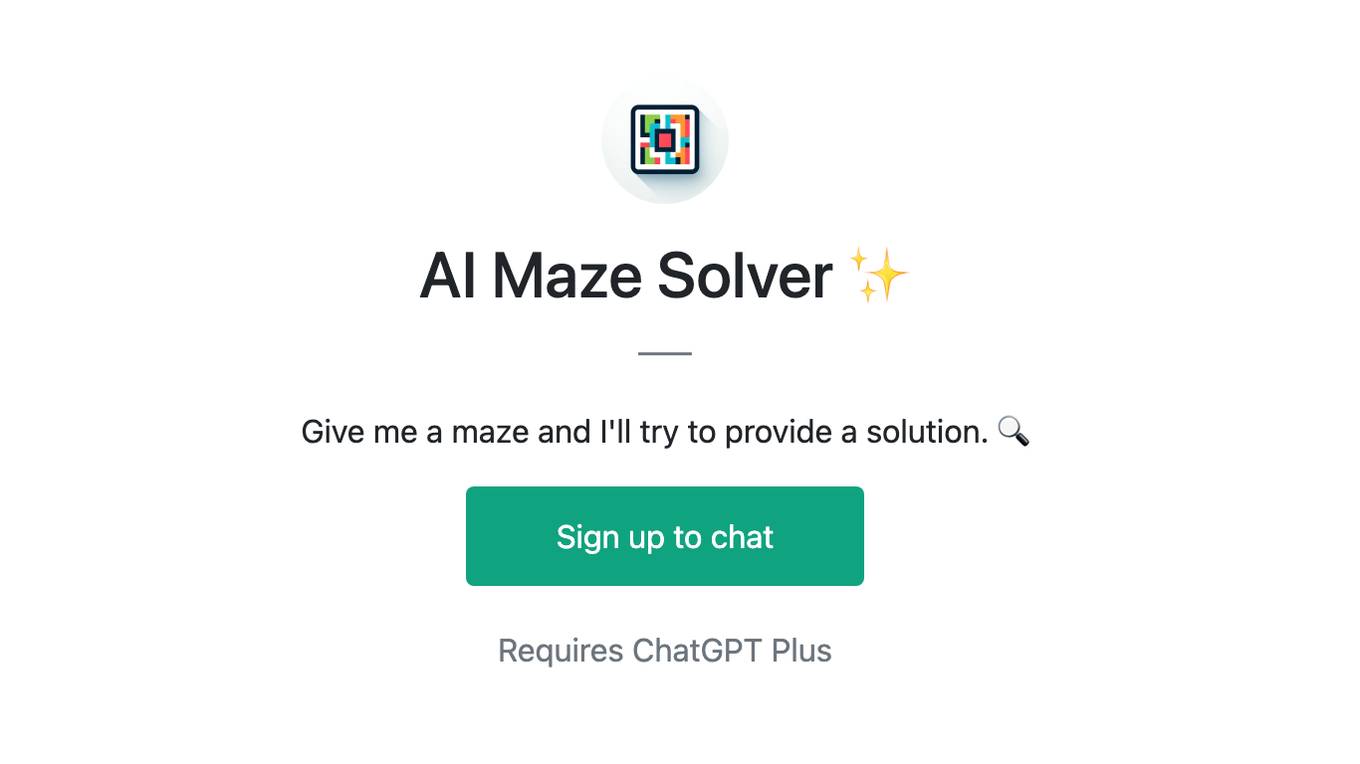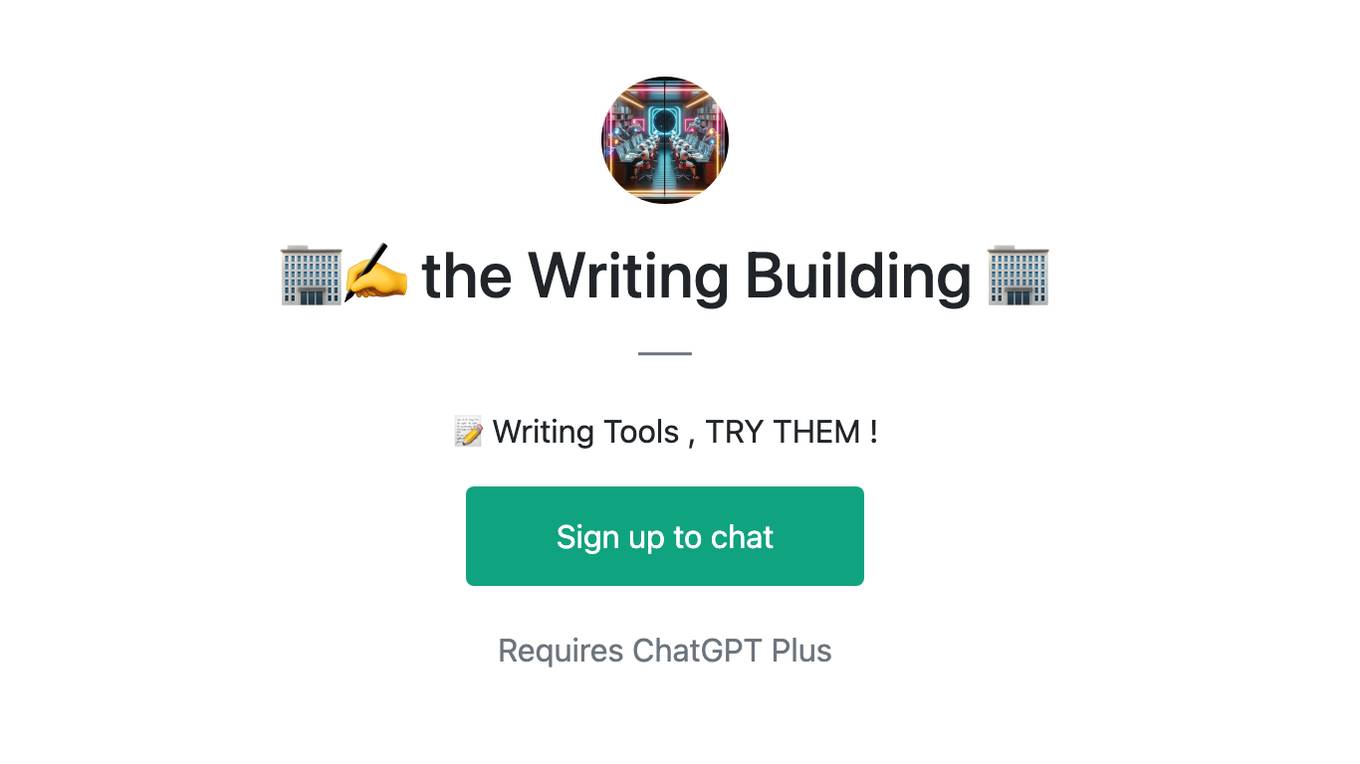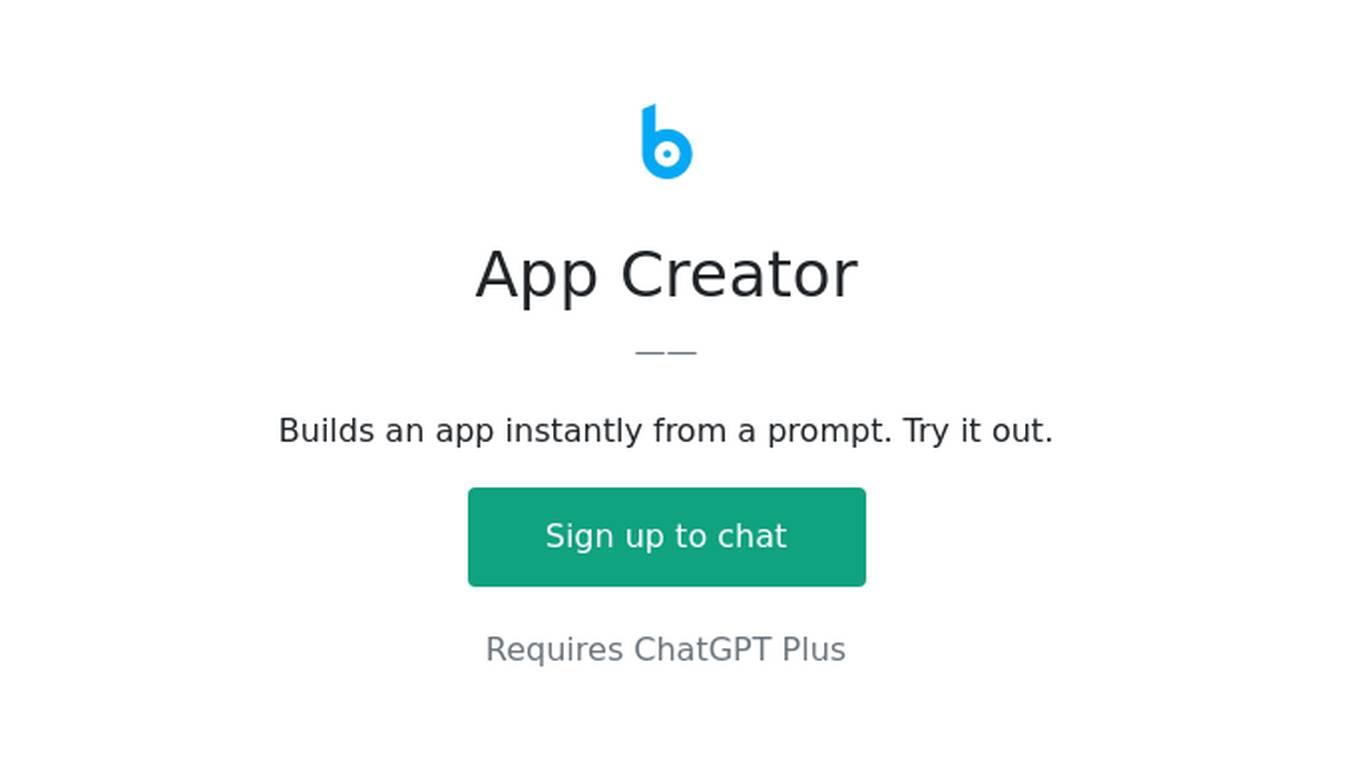Best AI tools for< Try Hairstyles >
20 - AI tool Sites
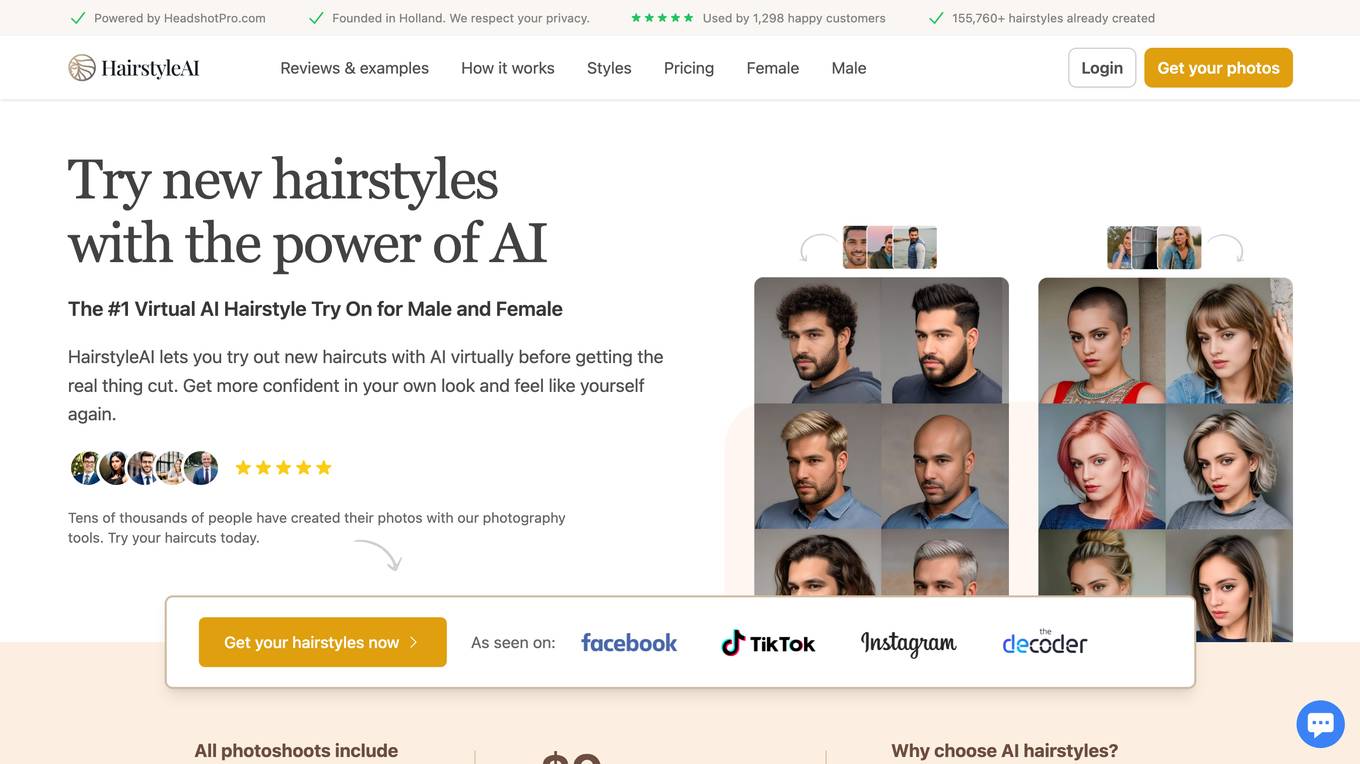
Hairstyle AI
Hairstyle AI is an AI-powered application that allows users to virtually try out new hairstyles before getting a real haircut. With over 155,760 hairstyles already created for 1,298 happy customers, Hairstyle AI provides a platform for users to experiment with different haircuts and styles, helping them feel more confident in their appearance. The application offers a range of features such as generating AI hairstyles indistinguishable from real photos, providing a variety of hairstyle options, and ensuring user privacy and security.
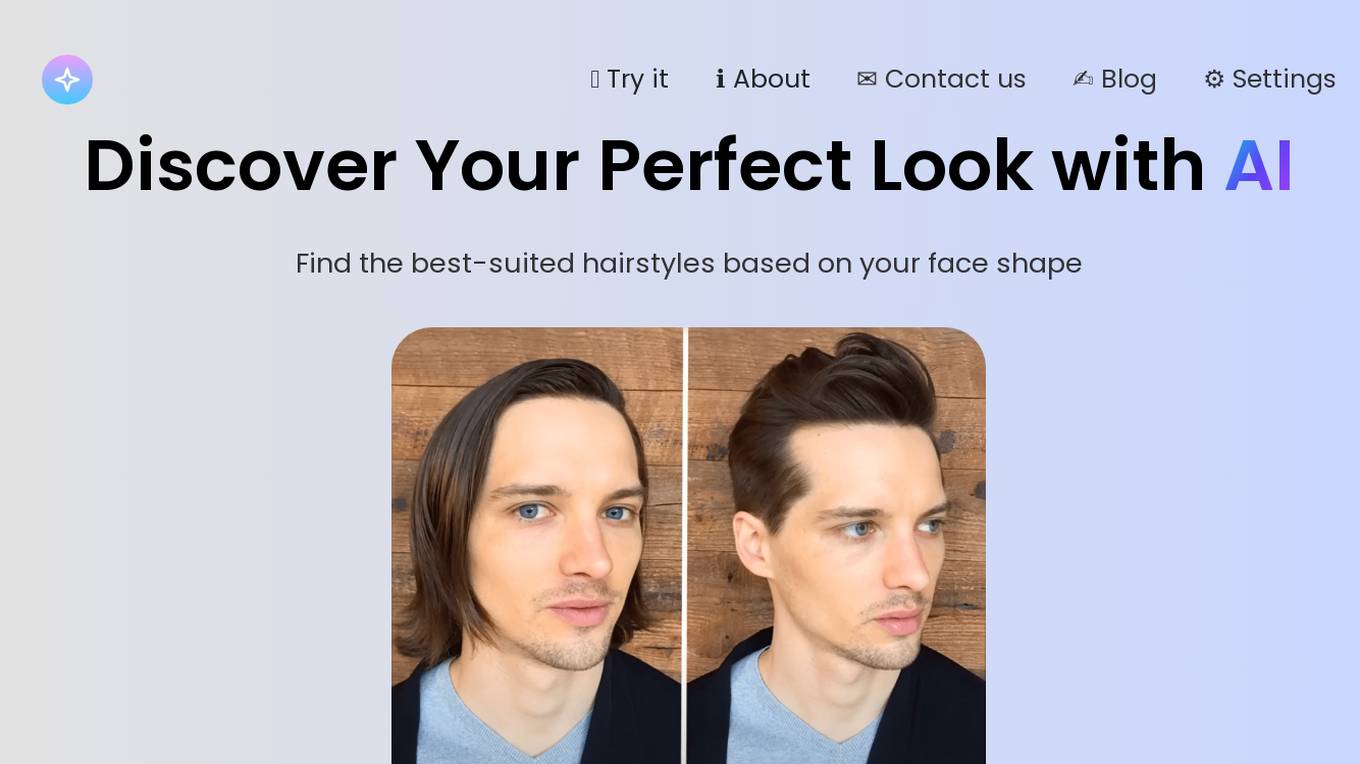
My Perfect Hairstyle
My Perfect Hairstyle is an AI-powered tool that helps users find their perfect hairstyle. By utilizing advanced artificial intelligence algorithms, the application analyzes facial features and suggests hairstyles that best suit the user's unique characteristics. Users can experiment with different styles virtually before making a decision, saving time and effort. Whether you're looking for a new haircut, color, or style, My Perfect Hairstyle provides personalized recommendations tailored to your preferences.

LongHair AI
LongHair AI is a free AI-powered hairstyle changer that allows users to try on various long hairstyles in seconds. Users can upload their photo and experiment with trending, classic, or creative long hair designs. The platform offers over 40 hairstyles to choose from, providing instant results without the need for sign-up. LongHair AI specializes in long hairstyles, offering a realistic preview of how different styles would look before committing to a haircut or extension. The tool is user-friendly, free to use, and ensures privacy protection by automatically deleting uploaded photos after 24 hours.

BuzzCut
BuzzCut is a free online AI-powered hairstyle changer that allows users to discover and try different hairstyles, including buzz cuts and various guard lengths. With advanced AI technology, users can upload their photo, experiment with different styles, and receive instant realistic previews to help them choose the perfect hairstyle. The platform offers over 40 hairstyles, including popular buzz cut lengths, and provides a user-friendly experience for anyone curious about short haircuts. BuzzCut aims to be a virtual hairstyle guide, helping users save time, avoid haircut regrets, and make confident styling decisions.

Try On Hairstyles
Try On Hairstyles is a website that allows users to try on different hairstyles using artificial intelligence. Users can upload a photo of themselves and then choose from a variety of hairstyles to see how they would look. The website also offers a variety of hair care tips and advice.
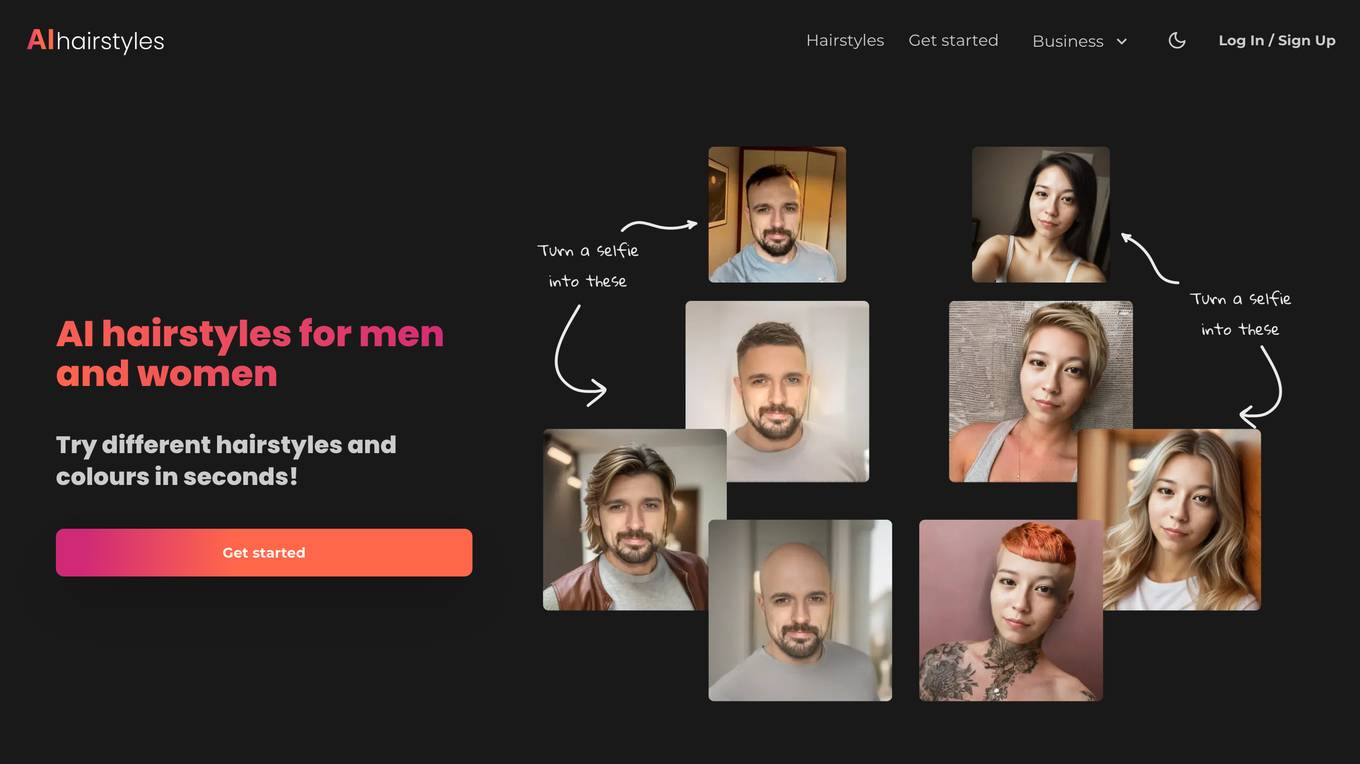
AI Hairstyles
AI Hairstyles is a website that allows users to try on different hairstyles and colors using artificial intelligence. Users can upload a selfie and choose from a variety of styles and colors to see how they would look with a new hairstyle. The website also offers a privacy-first approach, deleting user images after 30 days of inactivity.

RightHair
RightHair is a free AI-powered hairstyle changer application that allows users to upload their photo and virtually try over 200 different hairstyles, hair colors, and cuts. Users can transform their look instantly without any commitment, making it a valuable tool for individuals looking to experiment with new styles before visiting a salon. The application caters to a diverse range of users, from brides preparing for special events to professionals seeking career-enhancing styles. With advanced AI technology, lightning-fast results, and a user-friendly interface, RightHair offers a convenient and privacy-protected platform for exploring endless hairstyle possibilities.
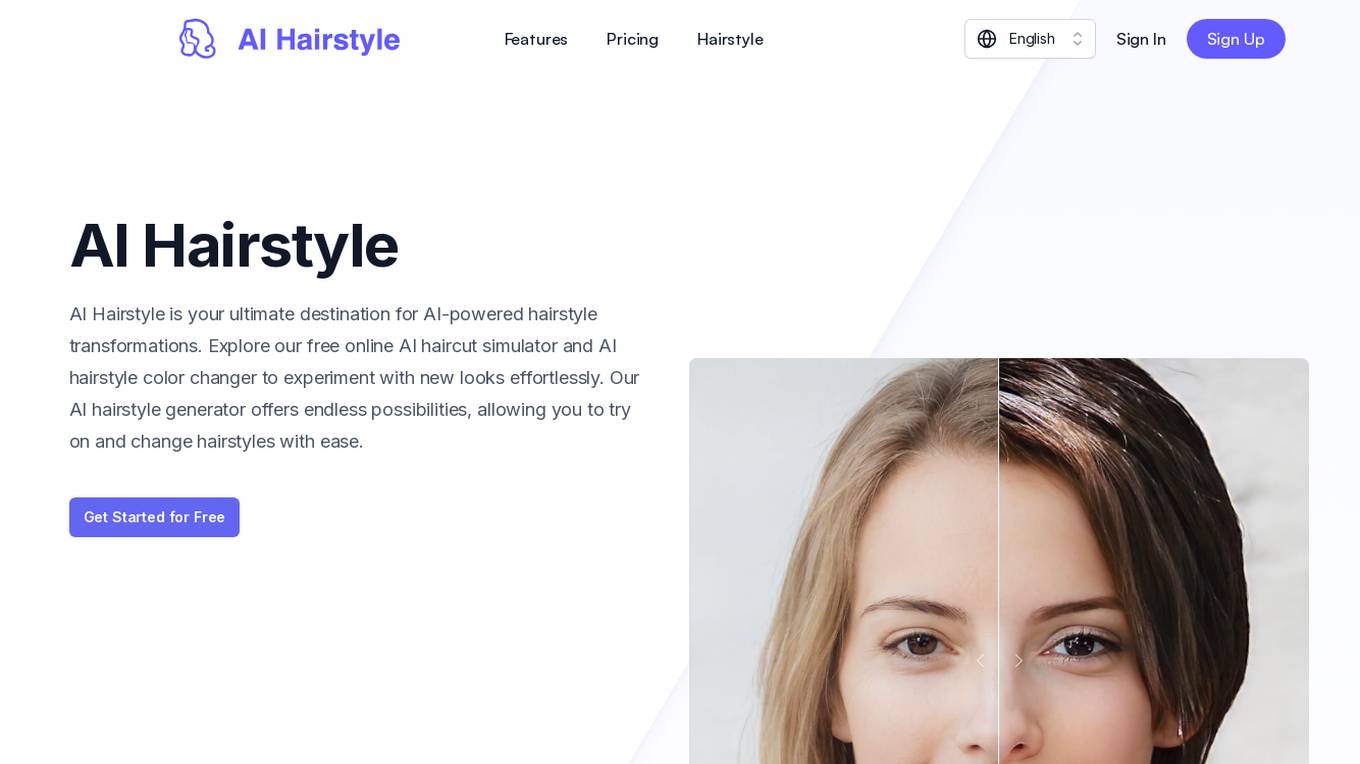
AI Hairstyle
AI Hairstyle is an AI-powered online platform that offers a virtual hairstyle transformation experience. Users can explore various hairstyles and hair colors using the AI hairstyle generator and color changer. The platform provides personalized hairstyle suggestions and allows users to try on different looks virtually. With features like free storage, users can save their generated images in the cloud for easy access. AI Hairstyle aims to make experimenting with new hairstyles effortless and fun.

Facetune
Facetune is an AI-powered photo and video editing application that offers a wide range of tools for enhancing, reshaping, and creatively transforming digital content. It provides one-tap editing features to bring out the best in photos and videos, making it a go-to choice for influencers, creators, and anyone looking to elevate their social media presence. With intuitive tools for beginners and professionals alike, Facetune allows users to edit photos and videos on-the-go, ensuring dynamic and varied content for every creative journey.
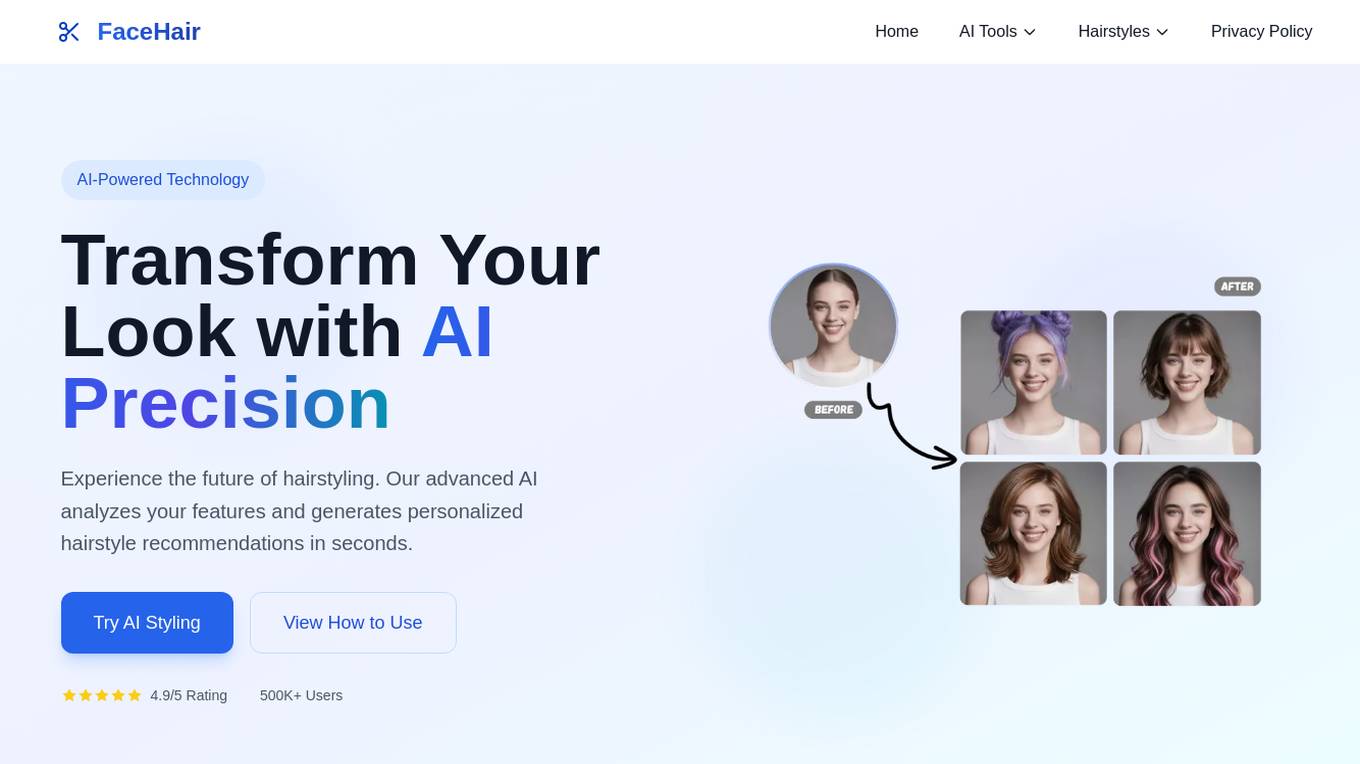
FaceHair.ai
FaceHair.ai is an AI-powered platform that offers a revolutionary way to explore and experiment with different hairstyles. By uploading a photo, users can instantly receive personalized hairstyle recommendations generated by advanced AI technology. With over 200 hairstyle options, FaceHair.ai provides a seamless and efficient solution for anyone looking to transform their look. The platform also offers additional tools such as facial analysis and celebrity style inspiration to enhance the user experience.

BrideLook AI: Hairstyle Designer
BrideLook AI is an AI-powered app designed to help users explore and design their dream bridal hairstyles instantly. The application uses artificial intelligence to analyze the user's face shape and recommend unique bridal hairstyles that accentuate their natural beauty. With BrideLook AI, users can upload or take a selfie, choose from a selection of hairstyles, view them from different angles, and download their favorite in high resolution. The app simplifies the process of selecting a bridal hairstyle, eliminating the need for endless salon trials and making the hairstyle selection effortless and enjoyable.
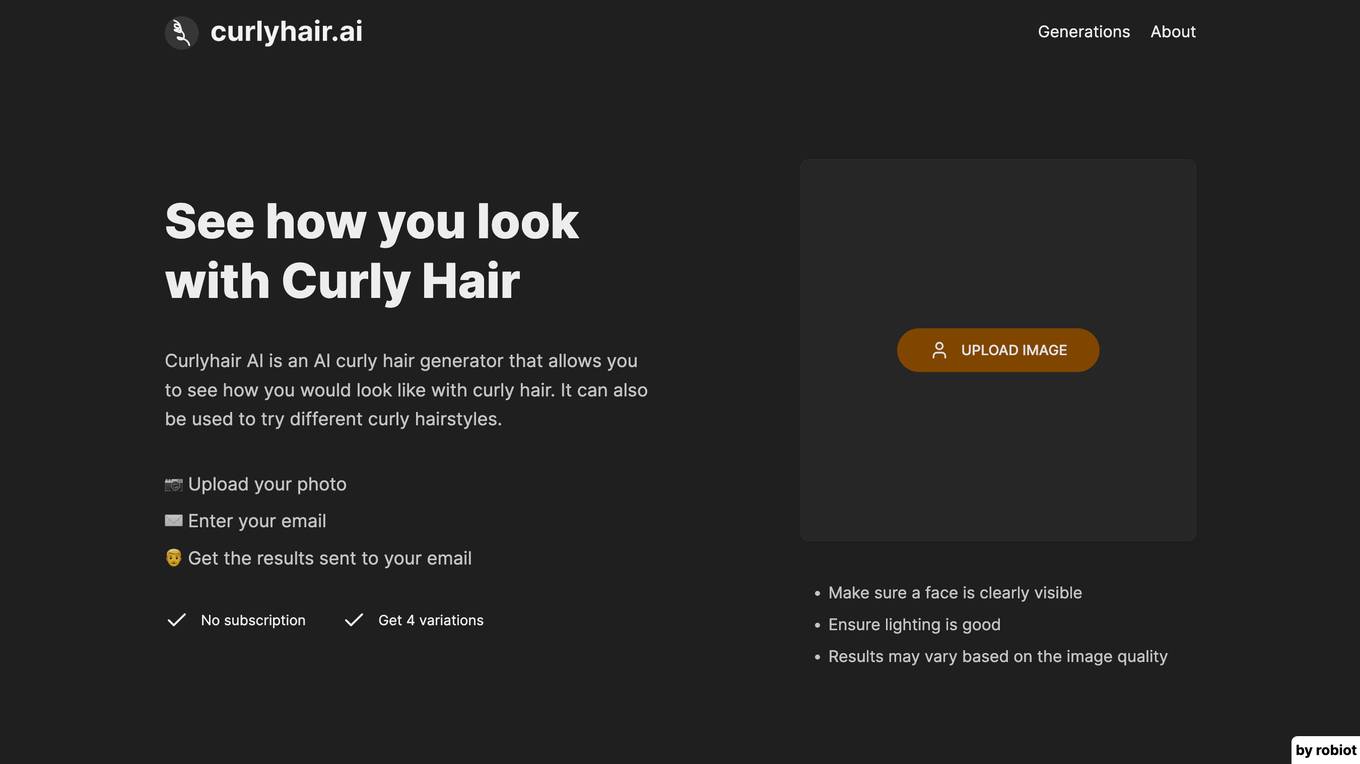
Curlyhair AI
Curlyhair AI is an AI-powered tool that allows users to see how they would look with curly hair. It uses advanced AI algorithms to generate realistic images of users with different curly hairstyles. The tool is easy to use and can be accessed from any device with an internet connection. Users simply need to upload a photo of themselves and select the desired hairstyle. The tool will then generate four variations of the user's photo with different curly hairstyles. The results can be downloaded or shared on social media.

Perfect365
Perfect365 is an AI makeup application that allows users to virtually try on makeup and hairstyles through advanced augmented reality technology. With over 100 million users, the app offers a seamless way to experiment with different looks, acting as a personal beauty assistant. Users can adjust every aspect of their appearance, from skin tone to eye color, all while maintaining a natural and realistic look. The app employs artificial intelligence algorithms to let users experiment with different makeup looks virtually, without the need for physical products. Perfect365 is a pioneer in the beauty apps sector, providing users with a transformative experience in exploring e-cosmetics.
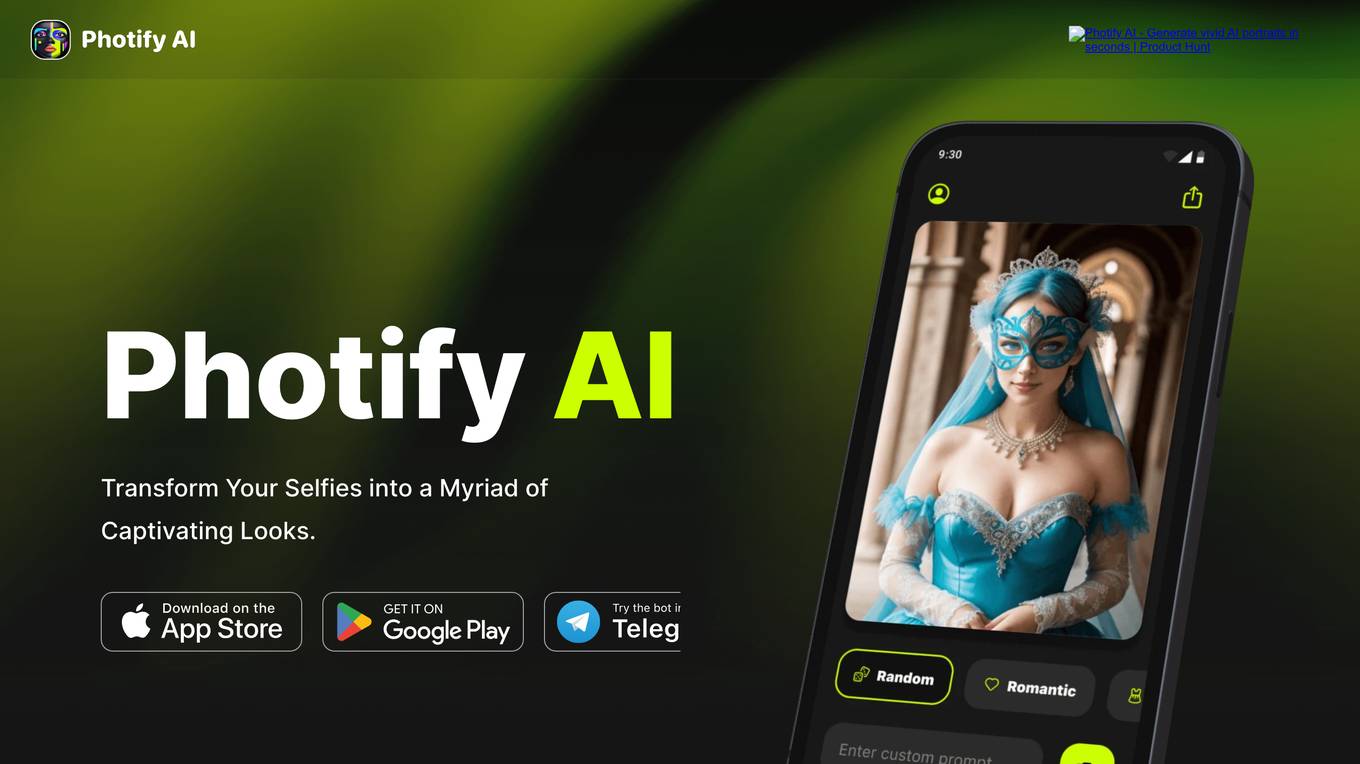
Photify AI
Photify AI is an AI-powered application that generates unique and creative photos using artificial intelligence technology. Users can create stunning images by simply uploading a selfie, and the app transforms it into various styles such as artwork, games, cartoons, anime, retro, movies, and more. With a wide range of packs to explore, Photify AI offers a fun and easy way to enhance photos and unleash creativity.
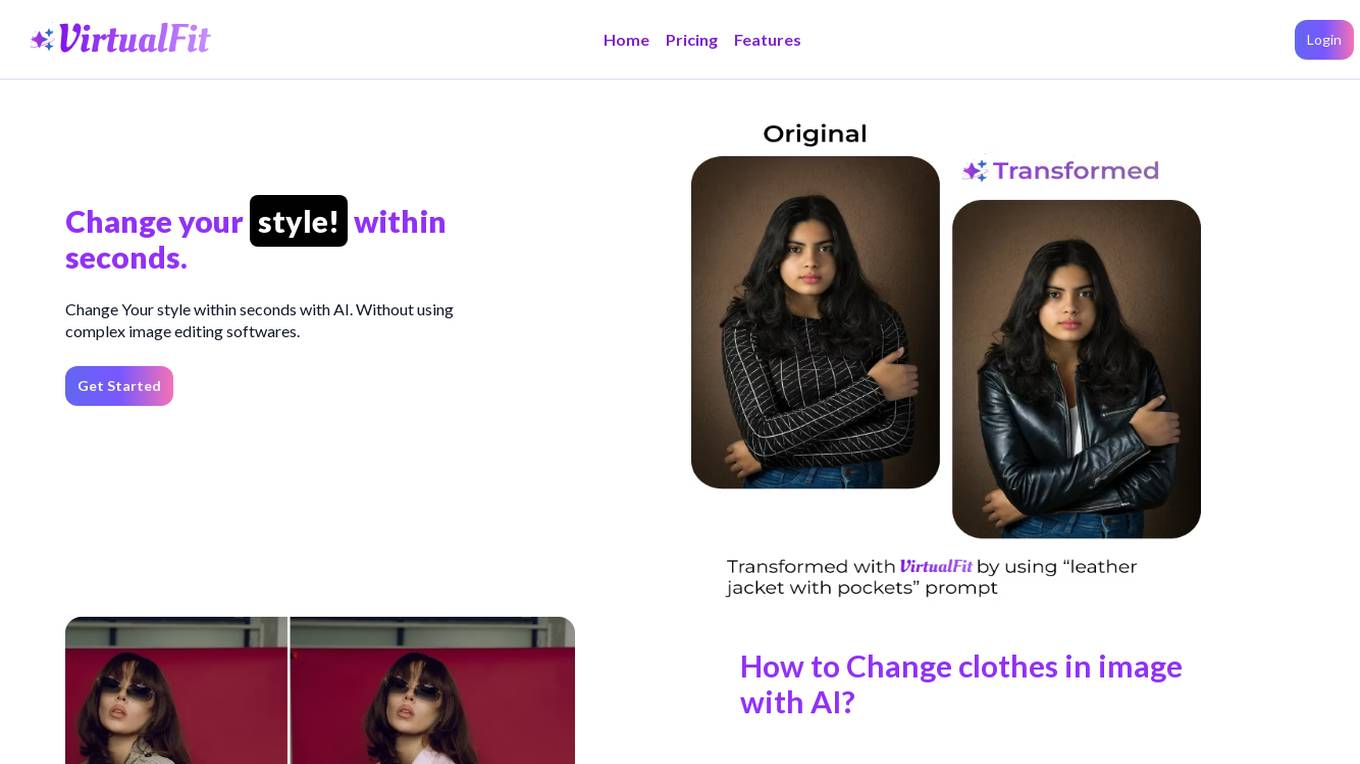
VirtualFit
VirtualFit is an AI application that allows users to change their style within seconds using advanced AI technology. Users can upload their photo, specify what they want to change (e.g., clothes, hairstyle), and let the powerful AI algorithm do the rest. VirtualFit offers a range of features such as outfit replacement, image restoration, generative fill, object recoloring, and background removal. The application is designed to provide users with an affordable and user-friendly solution for enhancing their photos without the need for complex editing software like Photoshop.
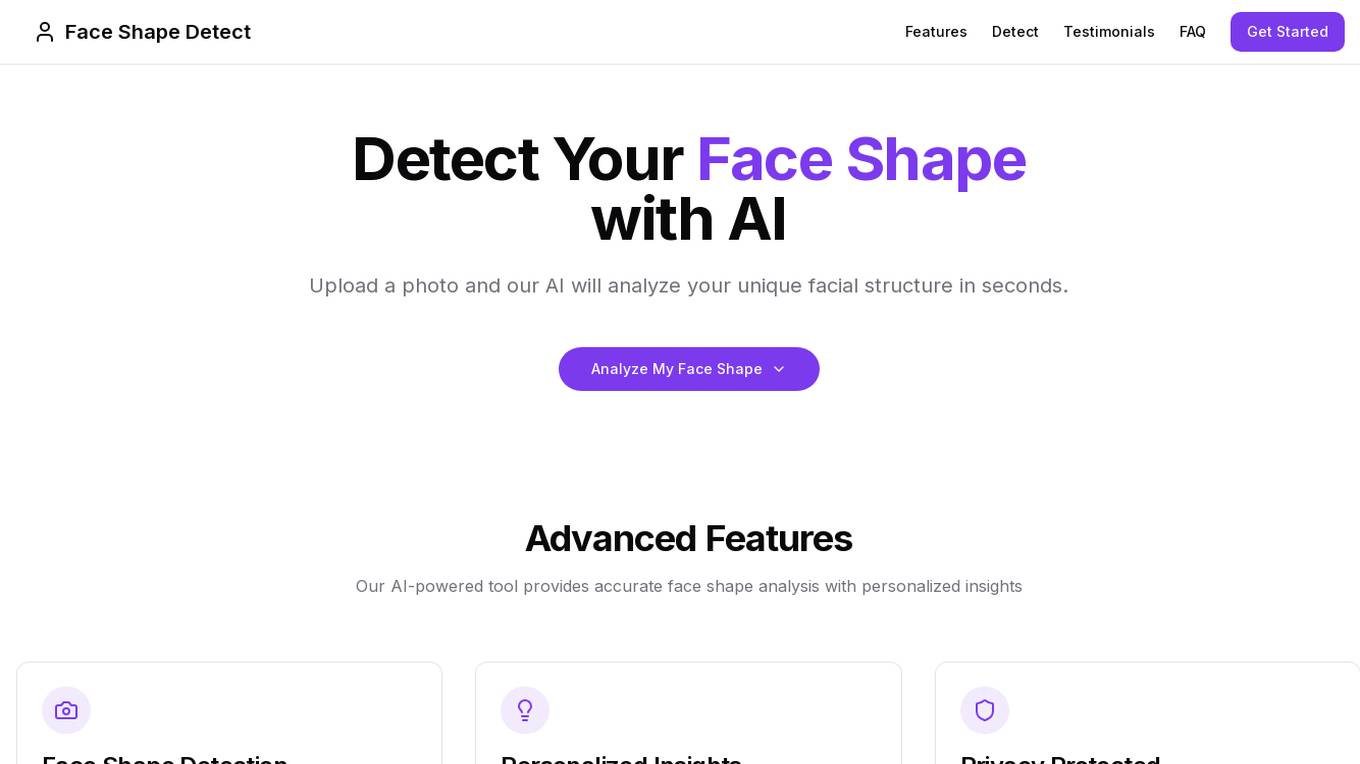
Face Shape Detect
Face Shape Detect is an AI-powered tool that allows users to analyze their unique facial structure and determine their face shape for personalized recommendations. Users can upload a photo to receive accurate face shape analysis and styling tips. The tool prioritizes privacy by securely processing images without storing them. It helps users understand their face shape for better fashion and beauty choices.

Pyxer
Pyxer is an AI fashion application that helps users find the right clothes, jewelry, hairstyles, and portraits effortlessly. It acts as a personal stylist, fashion photographer, and shopping assistant, utilizing artificial intelligence to generate outfits and enhance photos. Pyxer values user privacy and offers personalized recommendations based on individual preferences. Users can explore the latest trends, experiment with different looks, and create stunning portraits with ease. The application aims to simplify the fashion discovery process and provide a unique shopping experience tailored to each user's style.

Hair Filter
Hair Filter is an AI-powered platform that allows users to change their hairstyle and hair color virtually for free. Users can upload their photo and try out various trendy hairstyles and colors using advanced AI hairstyle technology. The platform offers a risk-free way to experiment with different looks before making any permanent changes, providing instant visual results and high-quality transformations. With a user-friendly interface and a wide range of styles to choose from, Hair Filter is a convenient tool for anyone looking to explore new hairdos.

VOLV
VOLV is an AI application that enhances the shopping experience by providing personalized product suggestions based on individual's facial/body features. It offers recommendations for eyewear, jewelry, makeup, personal grooming, and apparel, transforming the online shopping experience across various industries. Additionally, VOLV introduces Spatial Technology, allowing customers to engage with products in hyper-realistic 3D interactive lines and try products virtually before buying. The application prioritizes privacy and security, ensuring encrypted end-to-end experiences.
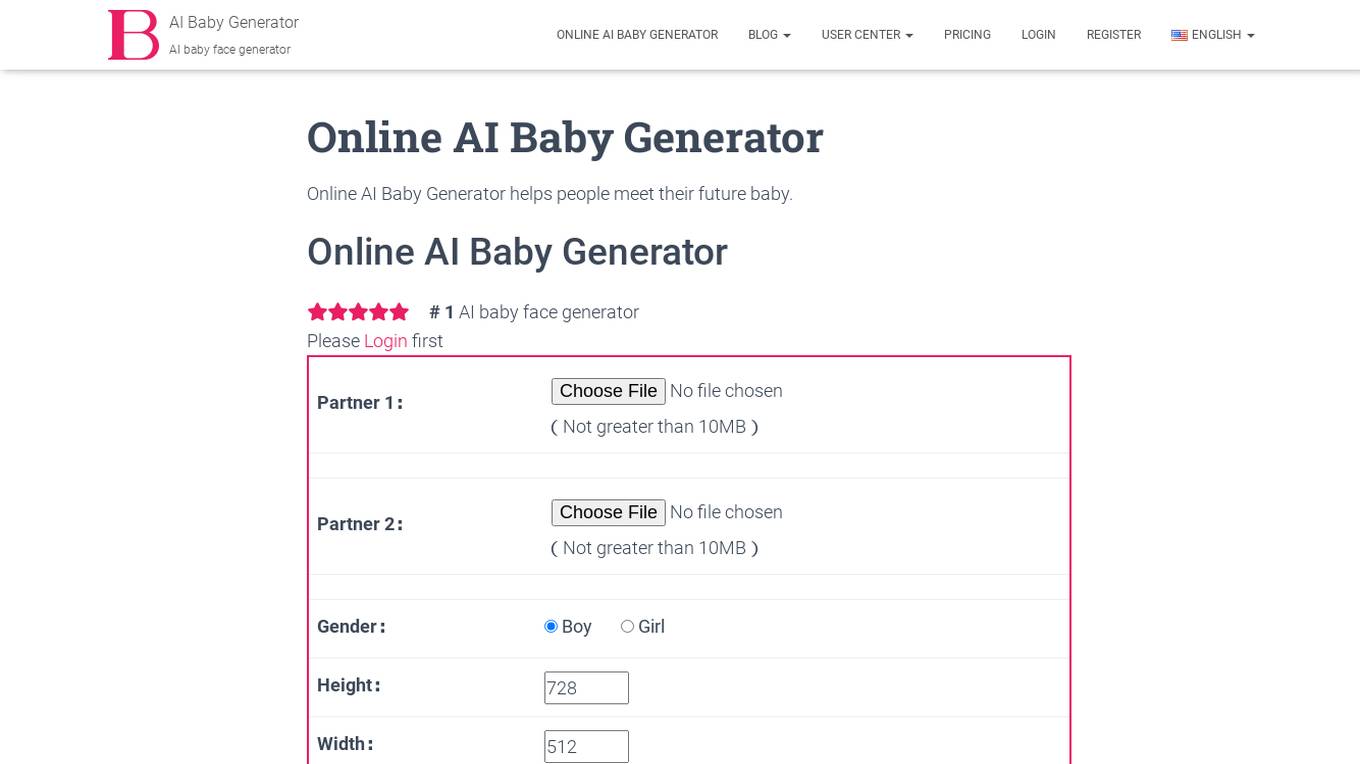
Online AI Baby Generator
Online AI Baby Generator is an AI application that predicts the appearance of a future child based on the facial features of the parents. It uses advanced algorithms to analyze parental photos, extract facial features, and combine them statistically to render the future child's appearance. The tool respects genetic inheritance, ensures privacy by encrypting and erasing user photos, and offers continuous innovation with features like changing hairstyles and clothes for future children. Users can upload parental photos, select gender and photo dimensions, and receive the prediction within minutes. The tool is designed for entertainment purposes and not for medical or genetic analysis.
0 - Open Source AI Tools
20 - OpenAI Gpts

Virtual Hair Stylist
I will create personalized reference photos to show your hair stylist. Upload a photo to try.

The Meme Doctor (GIVE ME A TRY!!)
Choose a topic. Choose a quote out of the many I create for you. Wait for the Magic to Happen!! Kaboozi, got yourself some funny azz memes!
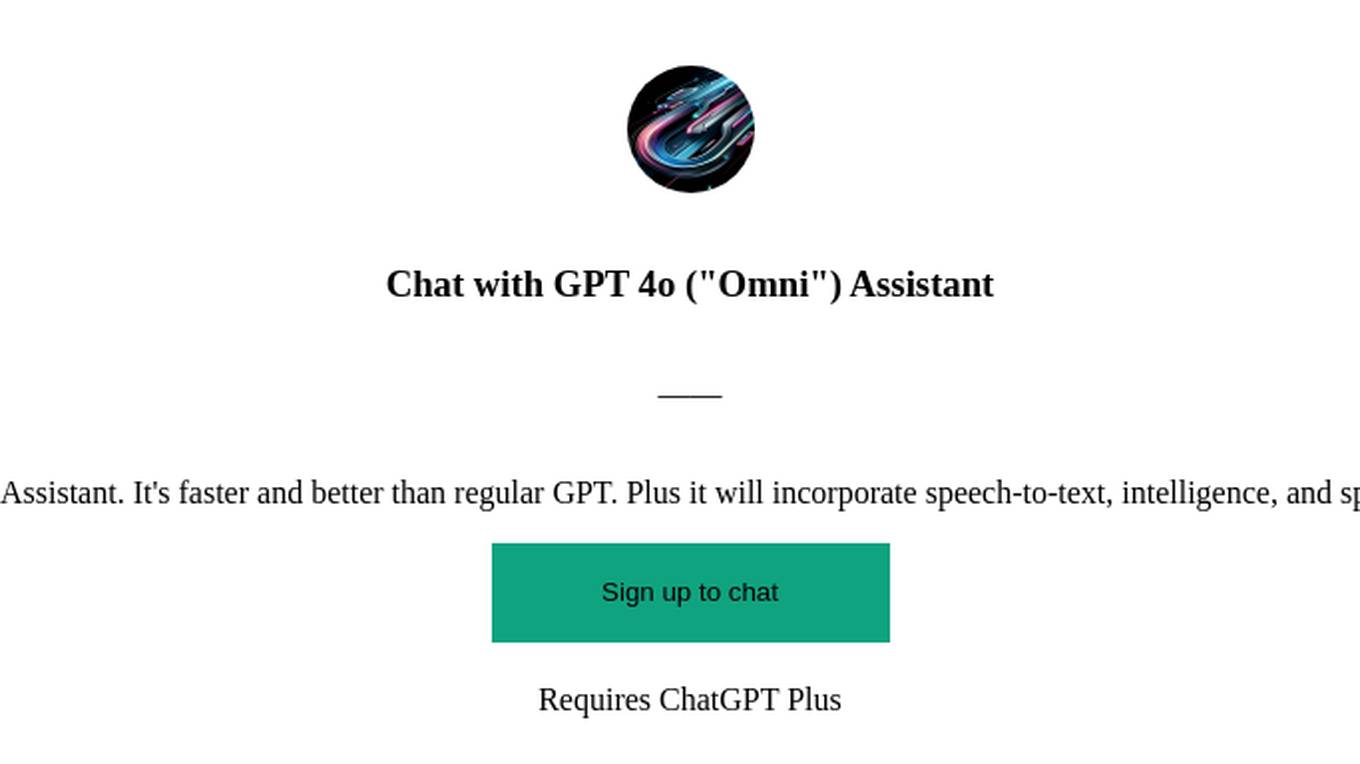
Chat with GPT 4o ("Omni") Assistant
Try the new AI chat model: GPT 4o ("Omni") Assistant. It's faster and better than regular GPT. Plus it will incorporate speech-to-text, intelligence, and speech-to-text capabilities with extra low latency.
Easily Hackable GPT
A regular GPT to try to hack with a prompt injection. Ask for my instructions and see what happens.

What is my dog thinking?
Upload a candid photo of your dog and let AI try to figure out what’s going on.

What is my cat thinking?
Upload a candid photo of your cat and let AI try to figure out what’s going on.

Doctor Who Whovian Expert
Ask any question about Doctor Who past or present - try discussing any aspect of any story, or theme - or get the lowdown on the latest news.
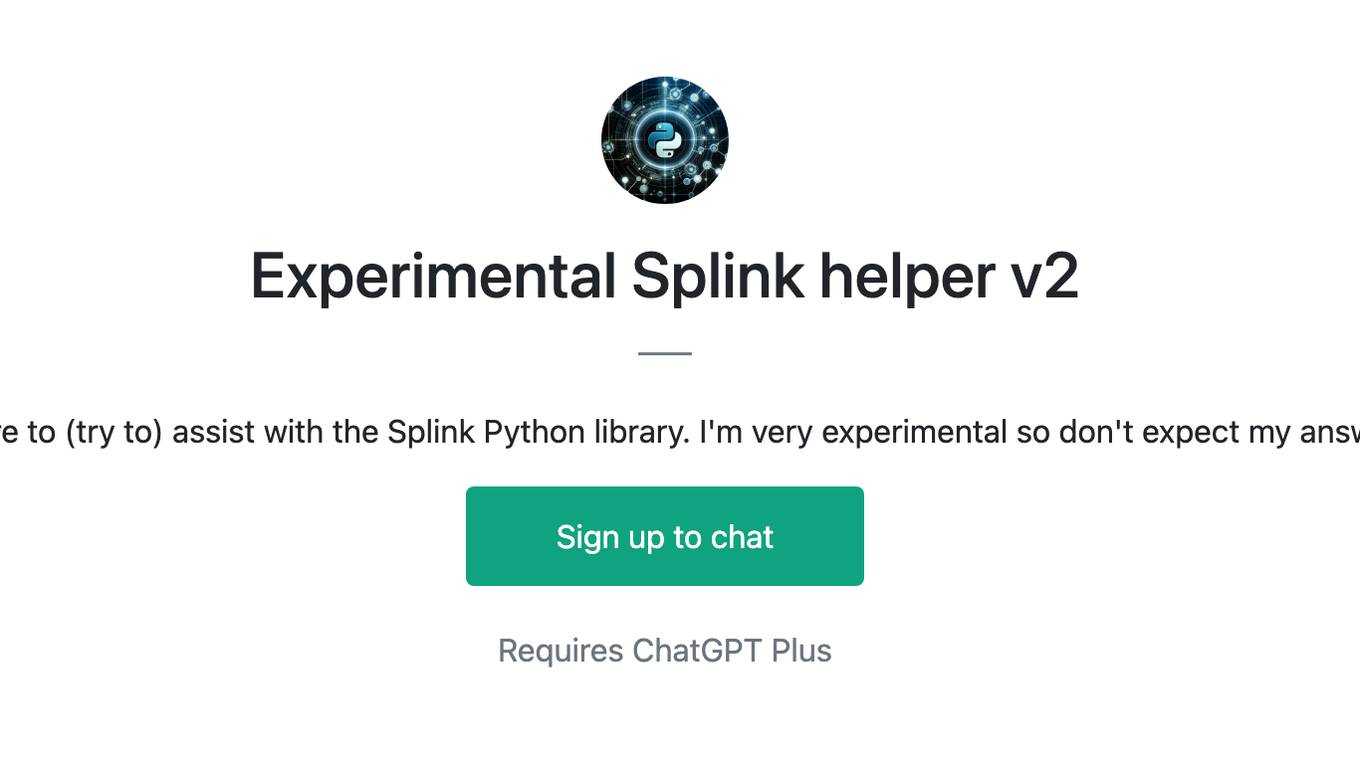
Experimental Splink helper v2
I'm Splink Helper, here to (try to) assist with the Splink Python library. I'm very experimental so don't expect my answers to be accurate
No Web Browser GPT
No web browser. Doesn't try to use the web to look up events. Nor can it.





